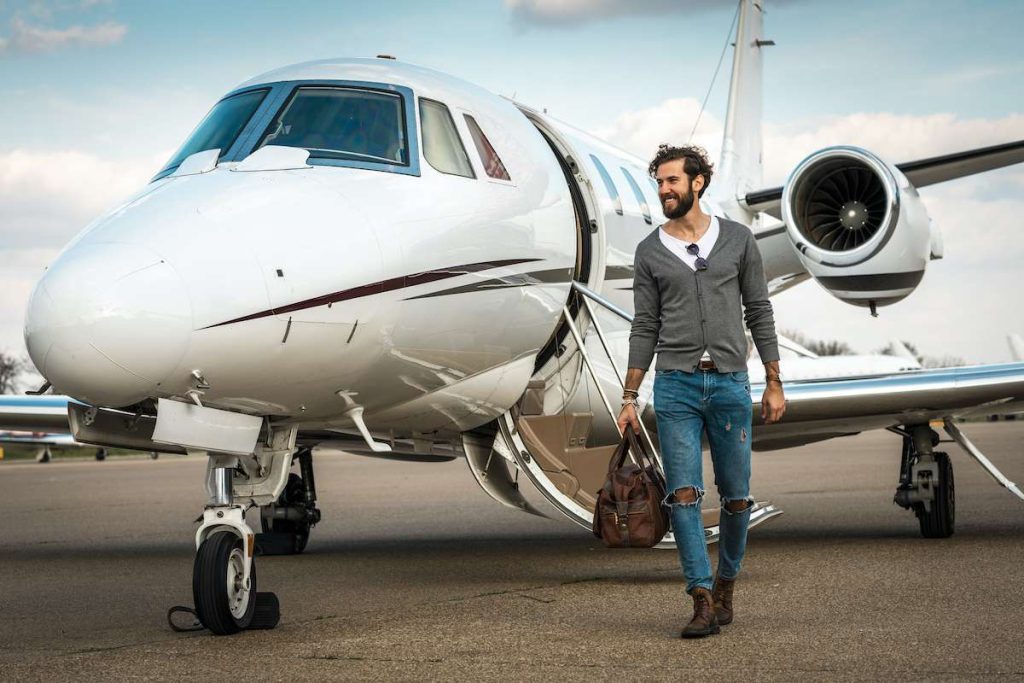For military pilots preparing to transition into civilian life, commercial aviation offers a compelling and logical path forward. The skills developed through service—discipline, technical precision, and high-stakes operational readiness—form an excellent foundation for flying in the private sector. Still, the journey from military to commercial aviation comes with unique steps that require preparation, flexibility, and a clear understanding of what lies ahead.
One of the first priorities is grasping the regulatory differences between military and civilian aviation. While flight hours accumulated in service often count toward Federal Aviation Administration (FAA) requirements, transitioning pilots must still meet specific licensing criteria. Many qualify for a Restricted Airline Transport Pilot (ATP) certificate, which streamlines their entry into commercial roles. Others may need additional training or flight hours to satisfy all FAA standards.
Civilian flight schools and structured cadet programs are valuable tools for making this transition. These programs not only prepare candidates for the FAA written exams but also introduce them to the operational protocols and safety culture of commercial airlines. Although a bachelor’s degree is not always required, it remains a strong asset for job applicants, as many airlines prefer or prioritize candidates with higher education credentials.
Adapting to the cultural shift is just as important as meeting technical requirements. Military aviation often operates within a hierarchical system that emphasizes direct orders and rapid execution. In contrast, commercial airlines rely on collaborative teamwork, standardized communication protocols, and a focus on passenger service. For some, this change can be challenging, but with an open mind and willingness to adapt, it also presents an opportunity to grow professionally in new ways.
Fortunately, a wide range of resources is available to support veterans during this period of change. Programs like the GI Bill®, TAP (Transition Assistance Program), and VA employment services provide funding, career guidance, and access to training opportunities. Additionally, veteran-focused job fairs and airline recruiters who actively seek former service members can offer direct pathways into the industry.
Ultimately, success in this transition hinges on being proactive. Staying informed, seeking mentorship, and embracing the learning curve all contribute to a smoother adjustment. Military pilots bring a wealth of experience to the commercial sector, and when that expertise is paired with the right civilian certifications and mindset, it creates a powerful combination for long-term success.
By taking advantage of available resources and approaching the process with preparation and confidence, veterans can carve out fulfilling careers in commercial aviation and continue their legacy of excellence in the skies. For more on this, check out the accompanying infographic from airline recruiters, PSA Airlines.

